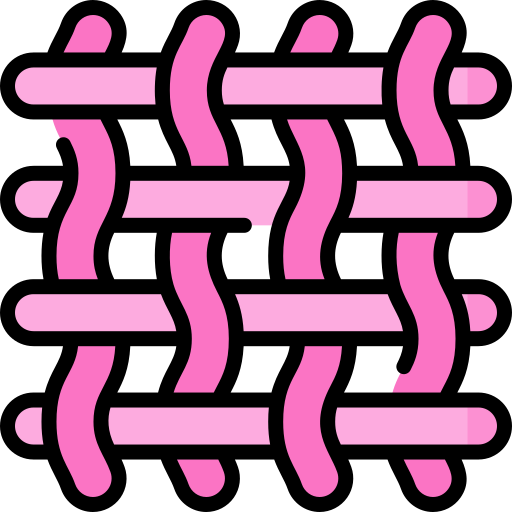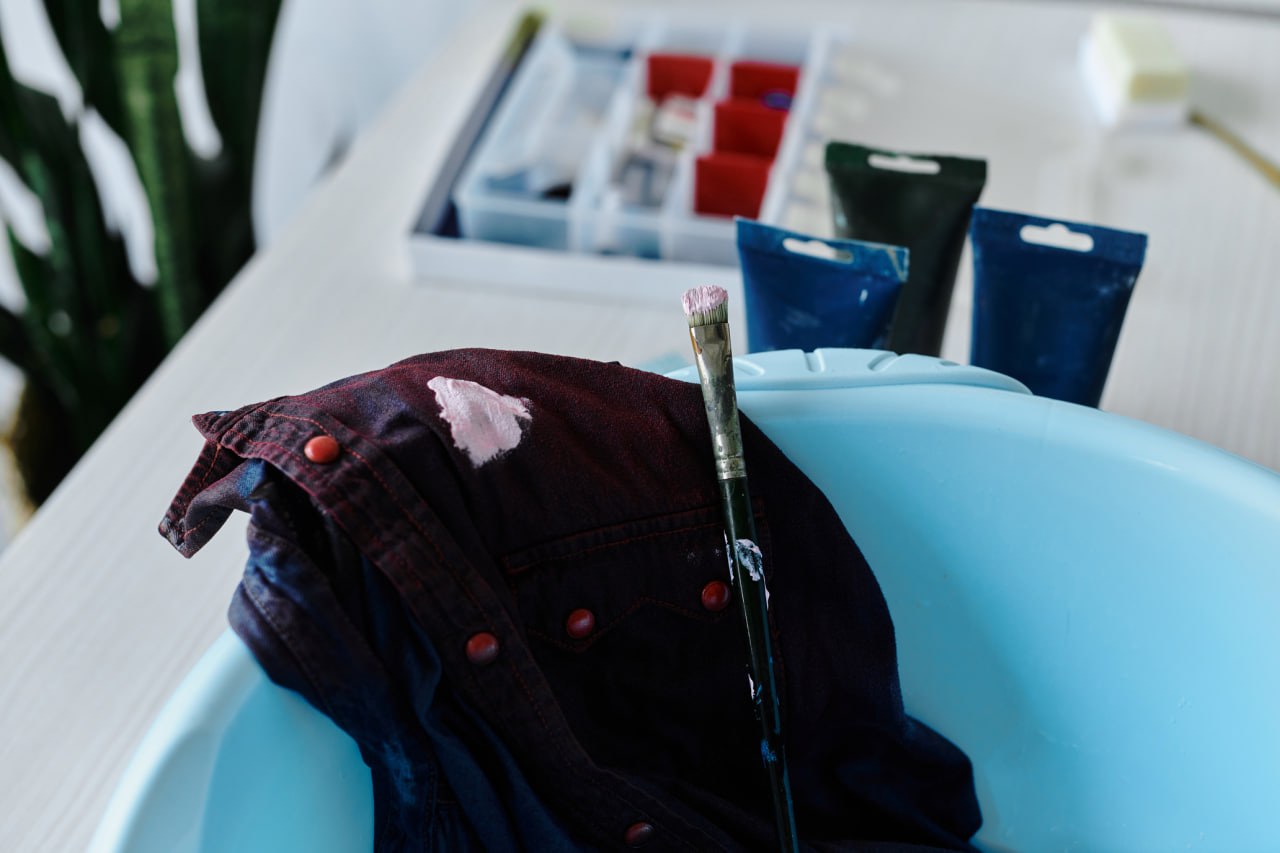Beginner’s Guide to Fabric Painting: Essential Tools and Materials
Fabric painting is a creative and rewarding way to personalize clothing, home textiles, and accessories. For beginners, knowing which tools and materials to use is essential to achieve vibrant, professional-looking results. This guide will introduce you to the essential supplies, explain their uses, and provide tips for getting started with confidence.
Understanding Fabric Painting
Fabric painting involves applying specially formulated paints to textiles to create decorative designs. Unlike standard acrylic paints, fabric paints are designed to adhere to fibers, remain flexible, and withstand washing. By learning the right techniques and selecting the appropriate materials, beginners can transform plain fabrics into unique, expressive art pieces.
Essential Paints for Beginners
Choosing the right paint is crucial for achieving long-lasting, vibrant results:
- Acrylic Fabric Paints – Versatile and easy to use, ideal for most beginner projects.
- Textile Markers and Pens – Perfect for fine details, outlines, and lettering.
- Dimensional Paints – Add texture and raised effects to your designs.
- Transparent or Metallic Paints – Create shimmer, highlights, and special effects.
Using the right paint type ensures your designs remain durable and visually appealing.
Brushes and Tools
Having the proper tools allows for precision and creative flexibility:
- Brushes – Flat brushes for filling large areas, round brushes for details, and fan brushes for texture effects.
- Sponges – Useful for blending colors, creating gradients, and adding texture.
- Stencils and Templates – Help beginners achieve consistent shapes and patterns.
- Palette and Mixing Tools – Essential for blending colors and keeping your workspace organized.
These tools allow beginners to experiment with various techniques while maintaining control over their designs.
Choosing Fabrics
Not all fabrics are equally suitable for painting. Beginners should consider:
- Cotton and Cotton Blends – Easy to work with and absorb paint well.
- Linen – Provides a natural texture for designs but may require pre-washing.
- Silk and Synthetic Fabrics – Require special paints or additives for adhesion.
- Pre-Washing Fabrics – Removes sizing and ensures paint adheres properly.
Selecting the right fabric makes your projects smoother and prevents common frustrations like cracking or peeling paint.
Additional Supplies
Several extra materials can enhance the painting process and protect your work:
- Water Cups and Cloths – Keep brushes clean and control excess paint.
- Fixatives or Heat-Set Tools – Ensure painted designs remain durable after washing.
- Protective Sheets or Cardboard – Place inside garments to prevent paint bleed-through.
These supplementary items help beginners achieve professional results and preserve their creations.
Tips for Beginners
- Start Small – Begin with simple designs before attempting complex patterns.
- Practice Techniques – Test brush strokes, blending, and textures on scrap fabric.
- Organize Workspace – Keep paints, brushes, and fabrics organized to prevent accidents.
- Experiment with Color – Don’t be afraid to mix paints and explore different combinations.

